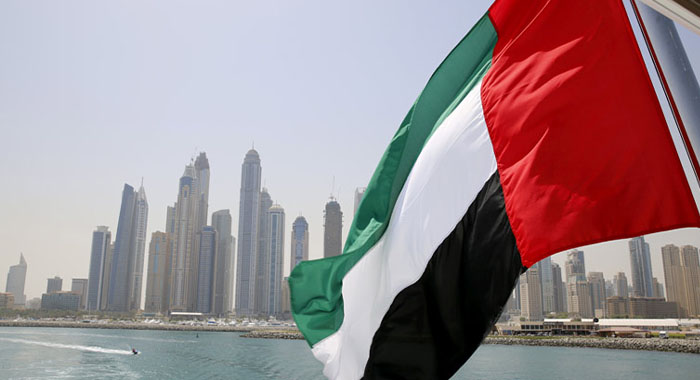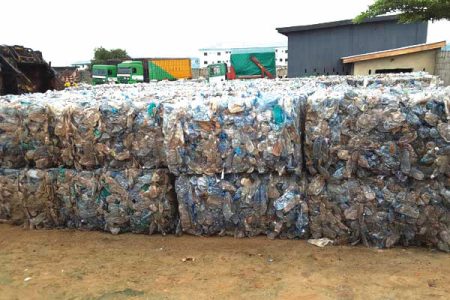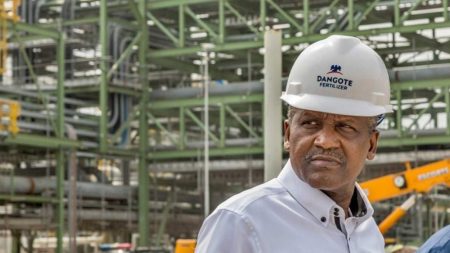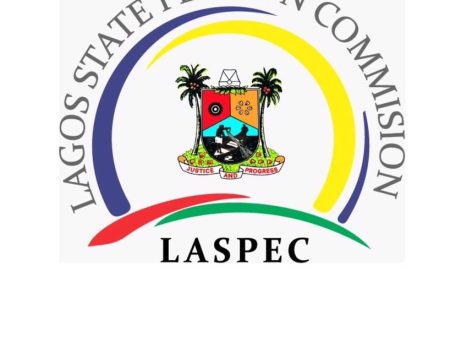The ambitious African-Atlantic Gas Pipeline, a monumental undertaking valued at $25 billion, is poised to reshape the energy landscape of Africa and beyond. This transcontinental pipeline, stretching over 6,800 kilometers, including a remarkable 5,100 kilometers offshore, will connect Nigeria’s abundant natural gas reserves to Morocco, with further extensions planned to reach European markets. The project has garnered significant international support, with the United Arab Emirates (UAE) recently announcing its commitment to contribute to the financing of the construction, joining a consortium of prominent financial institutions already backing the project, including the Inter-American Development Bank, the Organisation of the Petroleum Exporting Countries Fund, the European Investment Bank, and others. Morocco’s proactive approach, including the completion of preliminary feasibility and engineering studies, underscores the project’s momentum. Furthermore, the selection of China’s Jingye Steel Group as the pipe supplier signifies the tangible progress being made toward realizing this transformative vision.
This mega-project, formerly known as the Morocco-Nigeria pipeline, has evolved into a pan-African initiative, traversing 15 countries and fostering South-South cooperation. The pipeline will not only facilitate the transport of Nigerian natural gas to Morocco and potentially Europe but also supply gas to numerous African nations along its route, significantly boosting electricity generation capacity across the continent. This critical infrastructure development is expected to catalyze economic integration, promoting regional collaboration between governments and businesses, and fostering industrial growth in a vital part of Africa. This initiative aligns with Morocco’s broader ambition to become a regional hub for renewable energy and its pursuit of green hydrogen production, further solidifying its position as a leader in sustainable energy solutions. The project’s scope and complexity, encompassing both onshore and offshore segments, present formidable engineering challenges, yet the collaborative spirit and commitment of the involved parties signal a strong determination to overcome these hurdles.
The African-Atlantic Gas Pipeline’s development unfolds in three strategic phases. The initial phase targets connecting Morocco to offshore gas fields in Senegal and Mauritania, while simultaneously linking Ghana to the Ivory Coast. The second phase will bridge the gap between Nigeria and Ghana, completing a crucial link in the pipeline network. Finally, the third phase will connect the Ivory Coast to Senegal, consolidating the entire system and creating a seamless flow of natural gas across West Africa. This phased approach allows for a more manageable implementation of the project, addressing the unique challenges and considerations of each segment. The involvement of the Economic Community of West African States (ECOWAS) further emphasizes the regional significance of this initiative and its potential to foster economic growth and cooperation within the West African region. The project aims to improve energy access and security for millions across the African continent, while simultaneously promoting sustainable development and reducing reliance on more carbon-intensive energy sources.
Beyond the immediate energy benefits, the African-Atlantic Gas Pipeline is poised to have a profound socio-economic impact on the participating countries. By providing access to a reliable and affordable energy source, it will boost industrial activity, create jobs, and stimulate economic growth. The project’s construction phase alone is expected to generate substantial employment opportunities, while the long-term operation and maintenance of the pipeline will require a skilled workforce, fostering local capacity building and technology transfer. Moreover, the increased availability of electricity will improve living standards, enhance access to education and healthcare, and empower communities across the region. The pipeline’s development will also necessitate investment in related infrastructure, such as power plants and distribution networks, further contributing to economic development and creating a ripple effect of positive change. The collaboration among African nations, international financial institutions, and private sector partners demonstrates the collective commitment to realizing the pipeline’s transformative potential.
The successful completion of the feasibility study and Front-End Engineering Design (FEED) stages marks a significant milestone in the project’s development. These crucial assessments provide a detailed understanding of the project’s technical viability, environmental impact, and economic feasibility, enabling informed decision-making and ensuring the project’s sustainability. The comprehensive studies analyze various aspects of the pipeline, including its route, capacity, materials, and construction methodology, as well as potential environmental and social impacts. The involvement of expert engineering firms and environmental consultants ensures a rigorous and thorough assessment of the project’s implications. These studies also inform the development of mitigation strategies to minimize any adverse effects and ensure the project’s long-term sustainability. The positive outcomes of these studies provide further confidence in the project’s viability and pave the way for the next phase of implementation.
Nigeria and Morocco’s agreement to establish a joint venture to manage the project highlights the strong partnership that underpins this ambitious undertaking. This collaborative approach demonstrates the commitment of both countries to ensure the project’s success and maximize its benefits for their respective populations. By sharing responsibility and expertise, Nigeria and Morocco aim to create a sustainable and mutually beneficial partnership that will serve as a model for future cross-border infrastructure projects. The signing of the financing agreement further solidifies the commitment of both countries and their partners to deliver this transformative project. The establishment of the joint venture streamlines decision-making, fosters transparency, and ensures accountability in the project’s management. The shared ownership and governance structure contribute to building trust and fostering long-term collaboration between the two nations.
The African-Atlantic Gas Pipeline stands as a testament to the potential of international cooperation and the transformative power of infrastructure development. By connecting energy resources with regions in need, this project has the potential to unlock economic opportunities, improve living standards, and promote sustainable development across Africa. As the project progresses from planning to implementation, it holds the promise of a brighter and more prosperous future for millions of people. The scale and complexity of this endeavor underscore the importance of careful planning, robust engineering solutions, and sustained collaboration among all stakeholders. The potential for this pipeline to serve as a catalyst for economic growth, regional integration, and improved energy access makes it a landmark project with far-reaching implications for the future of Africa.














